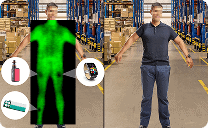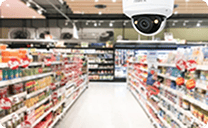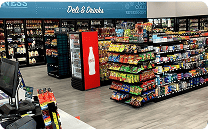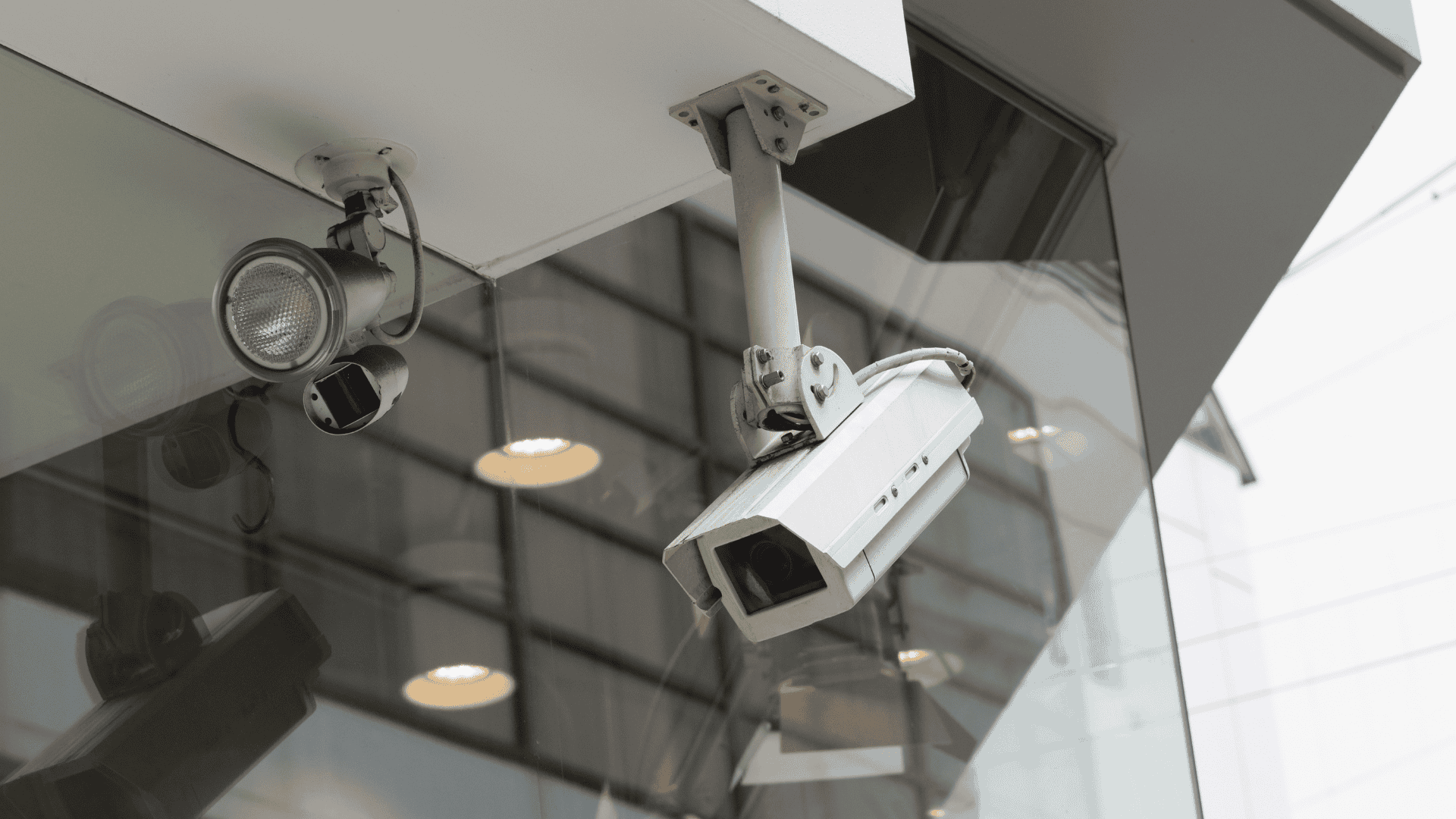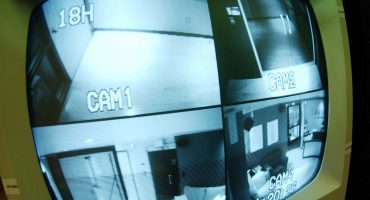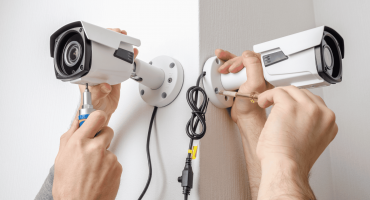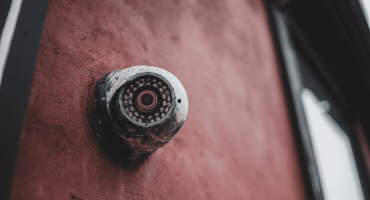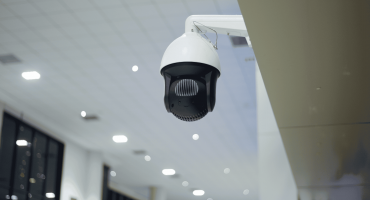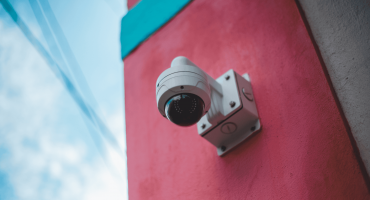In This article
When comparing a Turret Vs Dome Security Camera. Each has advantages; depending on your security goals, environment, and budget, one may be a better fit than the other. Let’s find out the differences between turret and dome cameras so you can make the best decision for your organization’s security system.
What Are Turret Security Cameras?
Turret Security Cameras—sometimes called “eyeball” cameras—are popular options for both indoor and outdoor surveillance. Their name comes from their round, ball-like camera design that sits in a socket, allowing you to manually rotate the lens easily.
Design and Appearance
Turret cameras feature a compact, ball-and-socket build that gives you flexible positioning without exposing the lens to glare from a protective dome. Because there’s no outer dome, you can adjust the angle easily after installation without opening the casing.
Key Features
- High-Resolution Imaging: Most turret models come equipped with high-definition lenses for excellent clarity.
- Infrared Night Vision: Many offer strong IR capabilities without the distortion sometimes seen in domed units.
- Weather-Resistant Options: Outdoor models are designed to hold up against the elements.
- Low Maintenance: The lack of a dome reduces the risk of image haze due to dust or water spots.
Common Use Cases
Turret cameras are great for small business exteriors, parking lots, warehouses, or areas where precision control over viewing angles and quick install-and-go functionality are required.
What Are Dome Security Cameras?
Dome Security Cameras are named for their distinctive dome-shaped housing, which covers the lens and internal components. These cameras are often associated with a sleek, professional look and are widely used in commercial settings.
Design and Appearance
Dome cameras are generally more discreet than their turret counterparts. Their design makes it difficult for someone to determine the direction the lens is pointing, adding a layer of psychological deterrence.
Key Features
- Vandal-Resistant Casings: The protective housing makes dome cameras a solid choice for areas prone to tampering.
- Infrared Capabilities: Strong IR performance allows for night vision in total darkness.
- Pan, Tilt, and Zoom (PTZ): Some dome cameras feature motorized movement, allowing for broader surveillance coverage.
- Aesthetic Integration: Their sleek appearance blends well with most architectural styles.
Common Use Cases
You’ll often see dome cameras in retail stores, QSR restaurants, hotels, and offices—anywhere surveillance needs to blend in without drawing attention.
Key Differences Between Turret and Dome Cameras
Understanding the functional and aesthetic differences between Turret vs Dome Security Cameras will help you match the correct device to your specific environment.
Design and Visibility
- Dome Cameras: Sleek, unobtrusive, and ideal for low-profile indoor surveillance.
- Turret Cameras: These are more visible but offer more flexibility in lens direction.
Installation Flexibility
- Turret cameras allow for easier post-installation angle adjustments.
- Dome cameras may require disassembly to re-angle the lens.
Vandal Resistance
- Dome cameras are often designed with vandal-resistant housings, making them ideal for high-traffic or vulnerable areas.
- Turret cameras are easier to tamper with, but can be installed in higher or less accessible locations to minimize risk.
Aesthetic Integration
- Dome cameras tend to blend better with interior and exterior decor.
- Turret cameras are more noticeable and may be better suited where visibility acts as a deterrent.
Performance Features
- Image Clarity: Turrets tend to have fewer IR reflection and glare issues, offering crisper night vision.
- Environmental Suitability: Both types offer weatherproof models, but turrets generally perform better in outdoor settings due to reduced glare.
Pros and Cons of Turret Security Cameras
Pros:
- Easier to install and reposition
- Typically better night vision with less IR glare
- Excellent image clarity
- Ideal for outdoor environments
Cons:
- Easier to tamper with than dome cameras
- More visible and may stand out in aesthetically sensitive areas
Pros and Cons of Dome Security Cameras
Pros:
- Sleek, discreet design that blends in easily
- Better protection against tampering and vandalism
- PTZ functionality is available in some models
- Lens direction is harder for intruders to detect
Cons:
- Can be more complex to adjust post-installation
- Dome cover may collect dust or moisture, affecting image quality over time
- IR glare can be a concern in certain lighting conditions
Choosing the Right Camera for Your Needs
Choosing between turret Vs dome security camera depends on your environment, goals, and budget. If you’re in a high-traffic area where vandalism is a concern, dome cameras offer more protection with their rugged housing. For outdoor spaces where lighting changes often, turret cameras tend to perform better with easier angle adjustments and clearer night vision. Domes blend in well and are more discreet, while turrets provide a visible deterrent. While dome cameras with PTZ and tamper-resistant features may cost more, they can be worth the investment in vulnerable locations.
Installation Tips for Turret and Dome Cameras
Regardless of which type you choose, proper installation is crucial:
- Optimal Placement: Avoid blind spots. Place cameras high enough to cover wide areas without obstruction.
- Ensuring Coverage: Use overlapping angles to eliminate coverage gaps.
- Wiring and Connectivity: Use weatherproof cables and connections for outdoor installs.
- Maintenance and Upkeep: Clean lenses regularly. For domes, check for fogging or dust buildup inside the dome housing.
Future Trends in Security Cameras
Security camera technology is evolving rapidly, and turret and dome cameras are both benefiting from new innovations:
- AI and Machine Learning: Smart detection and analytics to distinguish between people, vehicles, and animals.
- Integration with Smart Systems: Seamless connection with access control, alarms, and building automation.
- Wireless Advancements: Improved wireless connectivity for easier installation and real-time streaming.
- Sustainability: Eco-friendly materials and energy-efficient designs.
- Miniaturization and Aesthetics: Smaller, sleeker camera designs that still pack powerful features.
These trends may influence your choice between turret and dome cameras based on your preferred features.
Conclusion
Choosing between Turret Vs Dome Security Camera options doesn’t have to be complicated. Start with your specific environment and security goals, then weigh each camera type’s unique strengths and weaknesses. Turret cameras offer flexibility, clarity, and ease of use—especially outdoors. Dome cameras provide stealth, durability, and aesthetic appeal—perfect for indoor or vandal-prone areas.
By understanding what each offers, you’ll be better positioned to design a security system that truly meets your needs.
Still unsure which camera type is right for your setup? Contact our sales team for customized recommendations and deployment support.
Frequently Asked Questions
Can turret and dome cameras be used together in the same system?
Yes. Many businesses use a mix of both to balance coverage, aesthetics, and functionality. Turrets may be placed outdoors for visibility and angle flexibility, while domes serve indoor areas for a discreet look.
Which camera type is better for loading docks or warehouses?
Turret cameras are often preferred for these environments because they handle outdoor conditions well and offer better control over angle and glare. Their open design reduces IR bounce-back, which is great for night vision.
Do turret or dome cameras work better with AI and analytics features?
Both can integrate with AI-powered systems, but turret cameras tend to offer better raw video quality due to less interference from domes. Depending on the setup, the absence of dome interference can give a slight edge in analytics performance.
Are dome cameras harder to maintain than turret cameras?
They can be. Dome covers may accumulate dust or condensation over time, affecting video clarity. Regular cleaning helps, but turret cameras generally require less upkeep.
